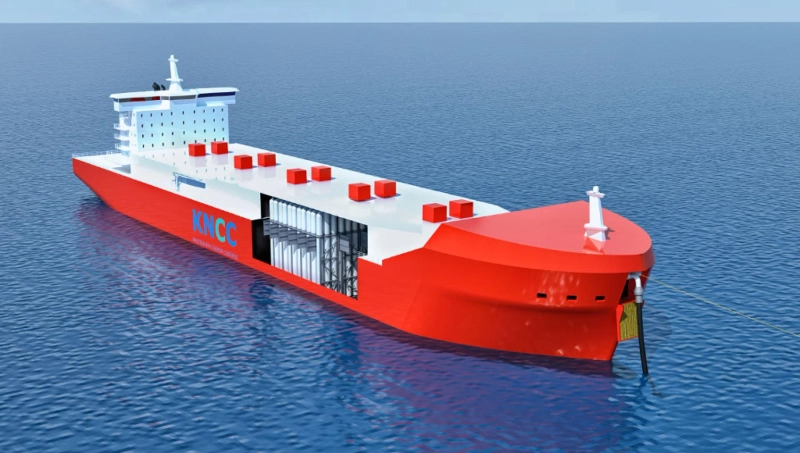Liquid containment systems are crucial across various industries, from environmental protection to industrial applications. These systems, especially Flexitanks, have seen significant advancements, offering innovative solutions that are more efficient, eco-friendly, and reliable.
Let’s explore the latest in liquid containment systems and what you need to know about their uses, benefits, and advancements.
Understanding Liquid Containment SystemsLiquid containment systems are designed to control, store, or manage liquids within a specific area or structure. These systems are used in diverse sectors, including agriculture, manufacturing, environmental protection, and disaster response. They are vital for preventing leaks spills, and managing liquid waste effectively.
Evolution of Containment MaterialsInnovations in materials used for liquid containment have greatly impacted the effectiveness and reliability of these systems. Traditional materials like concrete and metal have given way to more flexible, durable materials such as geomembranes and geotextiles. These materials offer superior containment, are easier to install, and have a longer lifespan.
Role of Geomembranes and GeotextilesGeomembranes and geotextiles are the most commonly used materials in modern liquid containment systems. Geomembranes, made of synthetic polymers, provide a robust, impenetrable barrier, preventing leakage and seepage. Geotextiles, on the other hand, are used as supportive layers, adding strength and stability to the containment structure.
Diverse Applications of Liquid Containment SystemsThese systems have versatile applications. In agriculture, liquid containment systems help in the storage and management of water for irrigation. In industries, they're vital for containing hazardous liquids and waste. In disaster response scenarios, they play a significant role in managing and storing emergency liquid supplies.
Environmental BenefitsModern liquid containment systems are designed with environmental consciousness in mind. By effectively containing and managing liquids, these systems help prevent soil contamination, protect groundwater, and reduce the risk of environmental pollution. They contribute significantly to eco-friendly practices.
Customization and ScalabilityOne of the key advantages of modern liquid containment systems is their flexibility and scalability. They can be customized to fit the specific needs of various industries and operations. Whether a small-scale storage requirement or a large industrial setup, these systems can be adapted accordingly.
Maintenance and LongevityProper maintenance is crucial for the longevity and effectiveness of liquid containment systems. Regular inspections, repairs, and upkeep ensure these systems function optimally. However, the advanced materials used in modern systems often require minimal maintenance, contributing to their durability.
Regulatory Compliance and StandardsLiquid containment systems must adhere to strict regulations and standards for safety and environmental protection. These standards govern the materials used, construction methods, and maintenance protocols. Adherence to these standards is a fundamental aspect of these systems.
Technological IntegrationTechnology plays a significant role in the evolution of liquid containment systems, especially those involving dam liner. Advancements like real-time monitoring, remote sensing, and predictive analytics help in early detection of potential issues, allowing for proactive maintenance and swift response to prevent possible failures.
In conclusion, liquid containment systems have come a long way, evolving into more efficient, durable, and environmentally conscious solutions. Whether it's in industrial applications, disaster response, or environmental protection, the innovations in these systems are vital for safer, more sustainable practices. Understanding the uses, materials, applications, and prospects of these innovative systems is critical to embracing their benefits across various industries.


